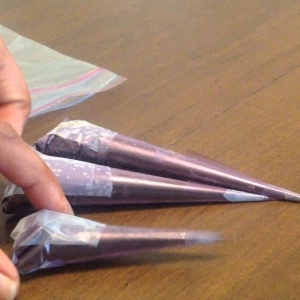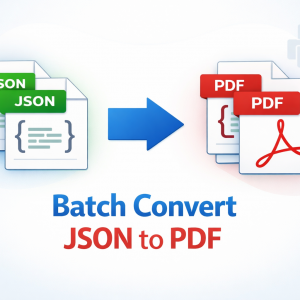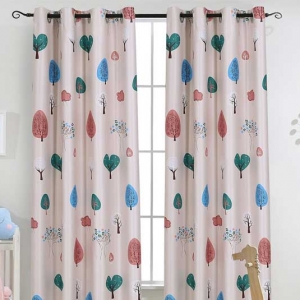Marine spotlights are essential lighting tools for vessels, providing visibility in dark or low-light conditions. They are used for navigation, search and rescue operations, docking, and detecting potential obstacles. When selecting a marine spotlight, one of the most important factors to consider is the beam angle. Narrow beam and wide beam spotlights each serve distinct purposes, and understanding the differences between narrow and wide beam spotlights helps ensure the right choice for specific marine applications.
What is Beam Angle?
The beam angle refers to the spread of light emitted by the marine spotlight.
Narrow Beam: Typically ranges from 5° to 20°, concentrating light into a tight, long-reaching column.
Wide Beam: Usually ranges from 30° to 120° or more, dispersing light over a broader area at shorter distances.
Narrow Beam Marine Spotlights
Narrow beam spotlights are designed for distance and precision.

Advantages:
Longer Illumination Range – The focused beam can reach far ahead, making it ideal for navigation in open waters.
Targeted Visibility – Perfect for spotting buoys, markers, or objects in the distance.
Reduced Light Scatter – Less glare on nearby surfaces, ensuring clarity even in foggy or misty conditions.
Common Applications:
Long-distance navigation at night
Search and rescue operations requiring far-reaching visibility
Identifying hazards or vessels from afar
Wide Beam Marine Spotlights
Wide beam spotlights cover more area but with less reach.
Advantages:
Broad Coverage – Lights up a large section of water or deck space at once.
Improved Situational Awareness – Helps operators see surroundings clearly during docking or close-quarter maneuvers.
Enhanced Safety – Useful for illuminating work areas, fishing decks, or onboard activities.

Common Applications:
Docking and anchoring at night
Close-range navigation in harbors or marinas
Fishing, deck work, and general onboard use
Choosing Between Narrow and Wide Beam Spotlights
The right choice depends on the vessel's activities and environment:
Offshore Vessels – Narrow beam spotlights are more effective for long-range visibility.
Fishing Boats – Wide beam spotlights help illuminate working areas.
Recreational Boats – A combination of both provides flexibility for different conditions.
Rescue Vessels – Often use adjustable or dual-beam spotlights for versatility.

Final Thoughts
Both narrow beam and wide beam marine spotlights play critical roles in enhancing visibility and safety at sea. Narrow beams excel at long-distance precision, while wide beams offer broader coverage for close-range tasks. Many modern marine spotlights even allow adjustable beam angles, giving operators the best of both worlds. Ultimately, choosing the right spotlight depends on the vessel’s purpose, operating environment, and safety requirements.







